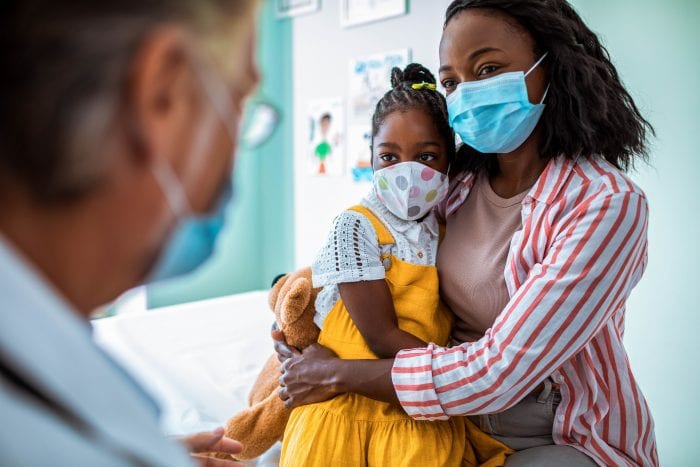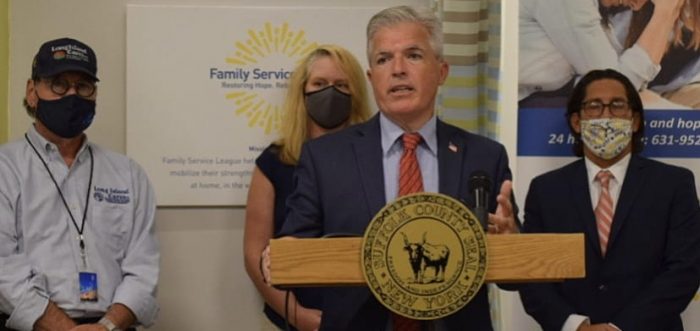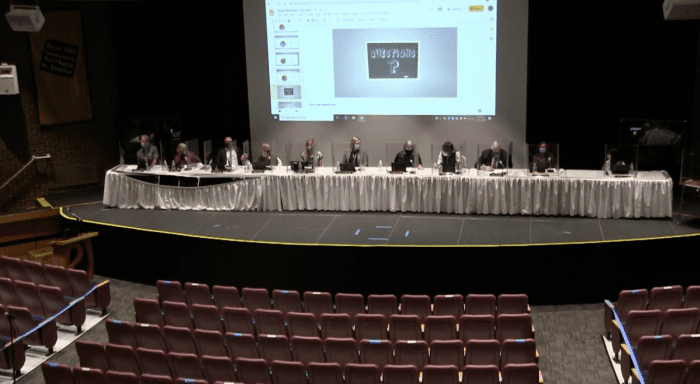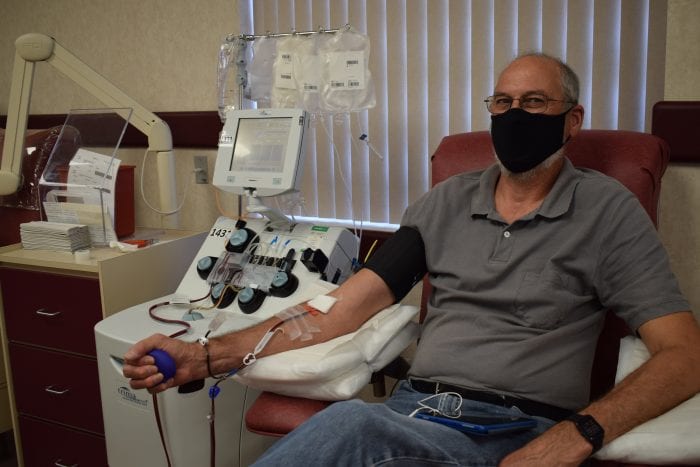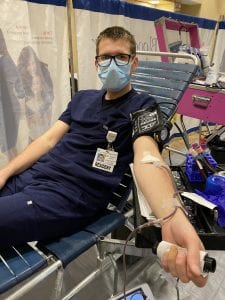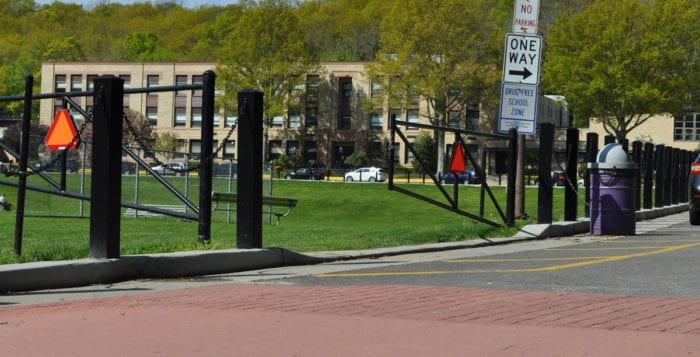The school and day care mixing bowl of bacterial and viral illnesses has changed. As schools, day-care centers, clubs, sports teams and other organizations change the way they manage group gatherings amid the pandemic, the game of illness tag children seem to play has slowed.
“We are seeing potentially less viral illnesses thus far in the sense that we have not seen an increase yet in respiratory syncytial virus, or RSV,” said Christy Beneri, Associate Professor of Pediatrics and Program Director of Pediatric Infectious Diseases at Stony Brook Children’s Hospital. “We are still waiting to see what happens with the flu.”
The chance of children contracting some of those illnesses would likely be less this year amid the infection control measures to reduce the spread of COVID-19, the disease responsible for the pandemic.
Beneri said children are getting somewhat fewer infections, although doctors are still seeing strep throat, ear infections and pneumonia.
Viral-induced asthma visits have declined at Stony Brook. Children who have asthma are still seeking medical attention, particularly if their condition doesn’t have a viral trigger.
At the same time, the effects of social isolation, uncertainty about the future, and household anxiety has triggered an additional mental health burden, particularly for adolescents.
Pediatricians are “asking patients more about those issues,” she said. “We maybe didn’t ask as much as we should have in the past.”
Even though children generally have less contact with their contemporaries this year, they are still developing illnesses, as their immune system receives challenges from microbes through dirt, pet saliva and other sources.
The dynamic is “slightly different in terms of getting some of these viruses from other people, [but] there are still pathogens in their environment,” she said.
In the current environment, with positive tests for COVID-19 setting new national daily records, Beneri said it is important to practice infection control measures in certain settings, which will impact what children are exposed to over time.
The cultural shift from sending children who might have mild symptoms to school to keeping children home for the good of their fellow students and staff has helped reduce the spread of COVID and other potential infections.
“We’ve taken a step back from what makes sense not just for my child, but for others my child might be exposing,” Beneri said. The decision about whether to send a child who might be battling an illness, cold or minor discomfort to school “is not just about us. It’s about those in our communities and, hopefully, there’s a better recognition” about the impact an infected child can have.
Some of the infection control measures, such as hand hygiene and staying home when children are sick should continue even after companies start providing a COVID-19 vaccine.
At this point, with the virus still prevalent in the community and country, she said acute care visits are declining, as parents are managing at home and are watching and waiting to see how their children recover from any infection.
As a parent, Beneri is dealing with the disappointment and disruption of life in the pandemic for her seven-year-old daughter. Twice, the family has had to cancel a trip to Disney World and has scheduled it for a third time.
Once the worst of the pandemic passes and children get back together again, the pediatric program director said there might be an increase in certain infections, but that doesn’t necessarily mean the county will see horrific outbreaks.
With the approach of Thanksgiving and the December holidays, Beneri urges families to be creative about gatherings. She suggested that smaller groups might want to get together over two weekends, rather than all gathering at the same time.
As for advice to schools, Beneri urges people to remain mindful of their activities outside of school.
“It’d be a shame to have to close schools,” Beneri said.
Beneri added people can celebrate milestones like turning 16, but they should not have a 40-person event in the current environment.

